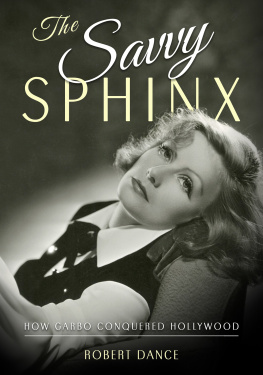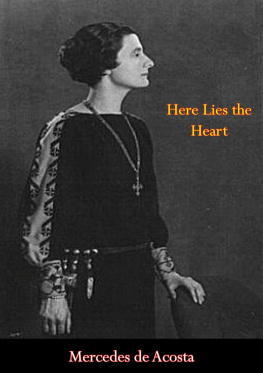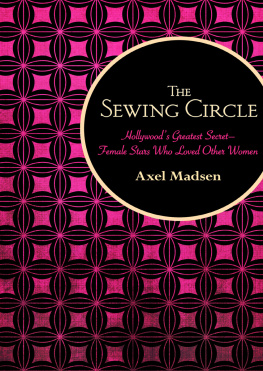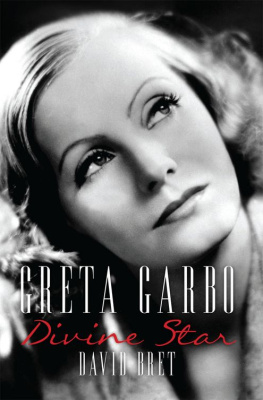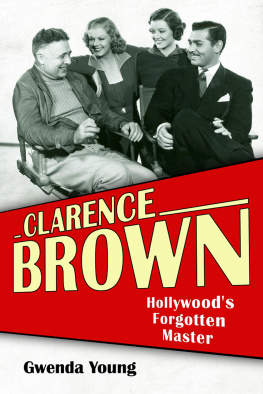Contents
Page List
Guide

THE SAVVY SPHINX
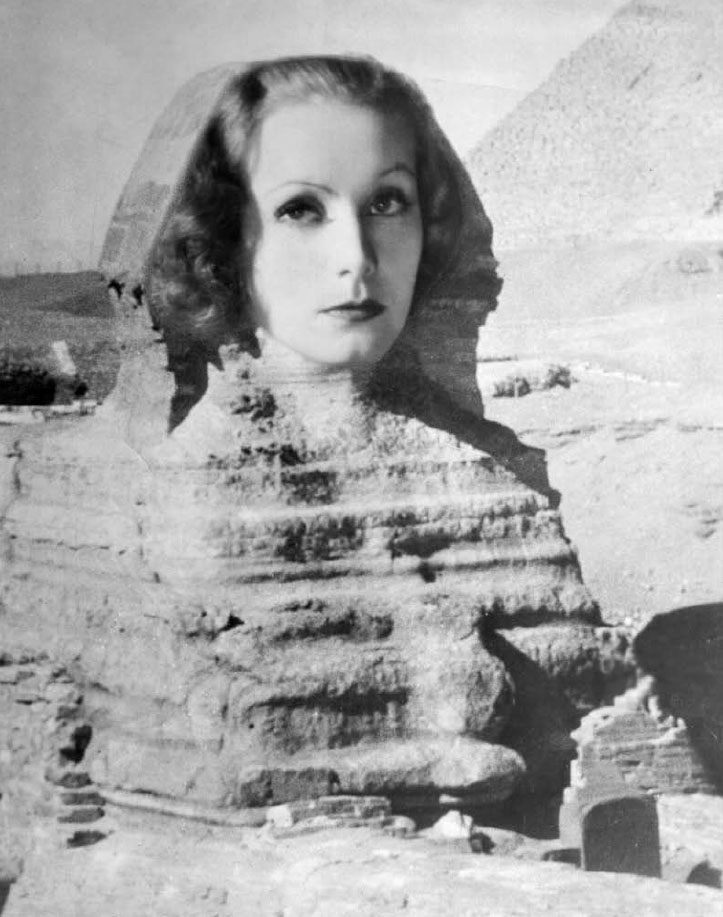

ROBERT DANCE
UNIVERSITY PRESS OF MISSISSIPPI / JACKSON
The University Press of Mississippi is the scholarly publishing agency of the Mississippi Institutions of Higher Learning: Alcorn State University, Delta State University, Jackson State University, Mississippi State University, Mississippi University for Women, Mississippi Valley State University, University of Mississippi, and University of Southern Mississippi.
www.upress.state.ms.us
Designed by Peter D. Halverson
Frontispiece: Clarence Sinclair Bull, Garbo as the Sphinx, 1931
The University Press of Mississippi is a member of the Association of University Presses.
Copyright 2021 by Robert Dance
All rights reserved
Manufactured in the United States of America
First printing 2021
Library of Congress Cataloging-in-Publication Data
Names: Dance, Robert, 1955 author.
Title: The Savvy Sphinx : how Garbo conquered Hollywood / Robert Dance.
Description: Jackson : University Press of Mississippi, 2021. | Includes bibliographical references and index.
Identifiers: LCCN 2021023924 (print) | LCCN 2021023925 (ebook) | ISBN 978-1-4968-3328-0 (hardback) | ISBN 978-1-4968-3656-4 (epub) | ISBN 978-1-4968-3657-1 (epub) | ISBN 978-1-4968-3658-8 (pdf) | ISBN 978-1-4968-3659-5 (pdf)
Subjects: LCSH: Garbo, Greta, 1905-1990. | Motion picture actors and actressesSwedenBiography. | BISAC: BIOGRAPHY & AUTOBIOGRAPHY / Entertainment & Performing Arts | SOCIAL SCIENCE / Popular Culture
Classification: LCC PN2778.G3 D36 2021 (print) | LCC PN2778.G3 (ebook) | DDC 791.4302/8092 [B]dc23
LC record available at https://lccn.loc.gov/2021023924
LC ebook record available at https://lccn.loc.gov/2021023925
British Library Cataloging-in-Publication Data available
DEDICATION
In memory of my teachers: Arthur Mayer, Maurice Rapf, Stanley Kaufmann, and King Vidor
CONTENTS
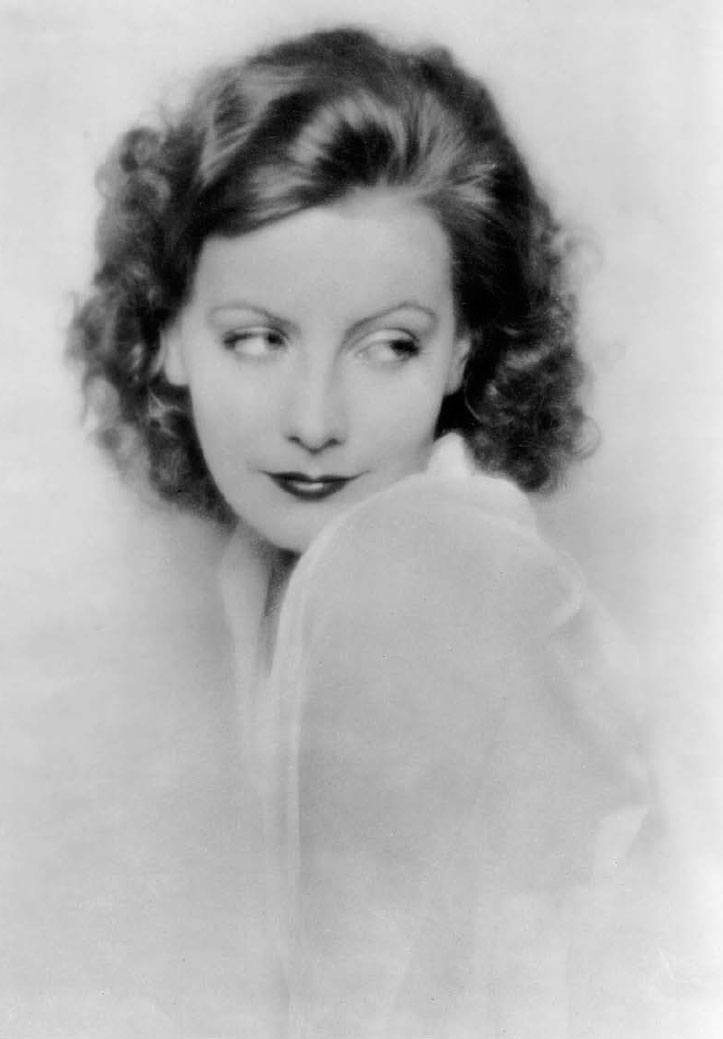
Russell Ball, Greta Garbo, 1927
PREFACE
THIRTY YEARS AGO, ON EASTER SUNDAY 1990, NEWS CAME OVER RAdio and television that Greta Garbo had died earlier in the day in New York City, at the age of eighty-four. Although she had not made a film in forty-nine years, she remained a vital, if peculiar, presence in her adopted hometown. She was a particular sort of New York denizen, an ultrafamous public figure seeking a degree of anonymity and privacy in the teeming metropolis. Until her last months Garbo could shop contentedly along First Avenue and take the long walks she loved around Manhattan without being bothered. Yes, she was often recognized when she was out on the street, as she had been for the previous sixty-five years. But only the brashest of the paparazzi confronted her. Otherwise she was left alone, finally accorded the one request she had made of her fans (and almost everyone else) during her working years. She had learned decades before how to ignore the stares of passersby, that man or woman who might gasp at the sight of perhaps the citys most famous resident.
This book charts the rise of Garbo from ingenue in Sweden to her zenith as Hollywoods star of stars. In the decades after she stopped working at the age of thirty-six, when by right she should have faded into a quiet oblivion, she became a twentieth-century legend. Garbos fame endured, yet the woman remained elusive and mysterious, like the Great Sphinx to which she had once been compared.
Movie history annals are filled with the names of great performers who mesmerized and delighted audiences, made fabulous amounts of money for themselves and their producers, and left behind a body of work that continues to entertain. We all have our list of favorites, and the internet age has made a minor industry of ranking everything, film stars included. Those rankingsbest film, greatest actor, finest westernall reflect twenty-first-century judgments of what remains fresh and vibrant today. Garbo ranks high in those polls, never at the top but usually not far from the apex. How delighted Katharine Hepburn would be to know that she often comes out in the first position. If she could come back to comment, however, the ever-frank Hepburn might well remind us that during her long working career she never achieved more than a fraction of the fame accorded the glamorous Scandinavian actress working at MGM. Hepburn would not be alone. Not even Gloria Swanson, Mary Pickford, Rudolph Valentino, or Clark Gable, stars of the highest order, could compete with Garbo for worldwide recognition and frenzied adulation. Charlie Chaplin could, and Elizabeth Taylor might come close, but by the time of her ascent in the 1960s, new matrices defined fame.
The stature of the fortunate few who defined Hollywood stardom in the last century rivaled that of the most illustrious women and men on the planet, whether world leaders, musicians, athletes, or adventurers. Motion pictures were the last centurys new entertainment, and during the 1920s and 1930s, as the industry matured and saturated nearly every corner of the earth, the fame of movie heroes spread and deepened, developing a potency hardly equaled since and perhaps impossible to replicate today in a world where media content is so vast and diffuse.
THE SAVVY SPHINX
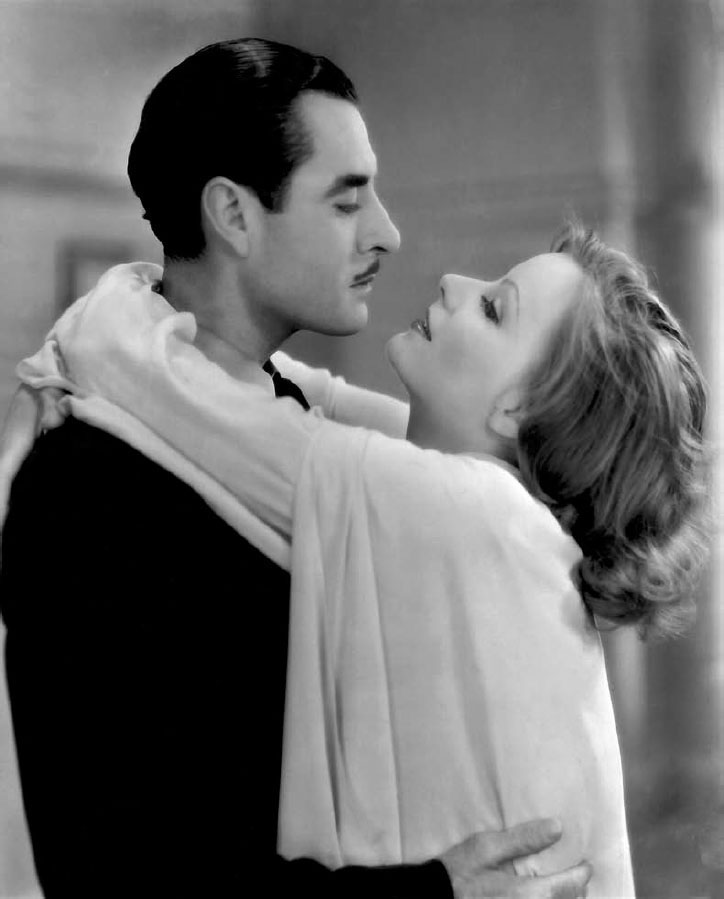
When cinemas reigning king was paired with Hollywoods young princess in Flesh and the Devil (1926), John Gilbert and Garbo thrilled moviegoers with their ardor, both on-screen and off. Photograph by Ruth Harriet Louise for A Woman of Affairs (1928). Courtesy John Kobal Foundation.
CHAPTER ONE
The Garbo Legend
SHE WAS KNOWN SIMPLY AS GARBO. ONE WORD. LONG BEFORE CHER, Madonna, or Beyonc marketed their professional brands with a single name, Garbo was first, without forethought or a clever publicity team. Garbo Talks was the tagline for her first sound picture, Anna Christie; Garbo Laughs was enough slogan to bring audiences to her 1939 comedy, Ninotchka. Only five letters above the title. It was enough.
She did not like the name Greta. From her earliest days, Garbo used her given name only as an official form of identification. Contracts and checks were signed Greta Garbo. Family and childhood friends called her Kata or Gurra. After Garbo came to America, she was known to friends as G or GG, and she often signed personal correspondence with one or both initials. Harriet Brown was her favorite name for traveling incognito, usually unsuccessfully. Derived from Harriet, another favored signature was Harry or H or even Harry Boy.
Born Greta Gustafsson in 1905 in Stockholm, Garbo was the third and youngest child of working-class parents. She abandoned her first name as a youth; her ancestral name disappeared when she was eighteen at the very beginning of her film career and was replaced by the surname that would soon identify the worlds most famous woman.
Stardom came quickly. Shortly after her twenty-first birthday and eighteen months after she arrived in Hollywood in September 1925, Metro-Goldwyn-Mayer Studios released her third American picture,

